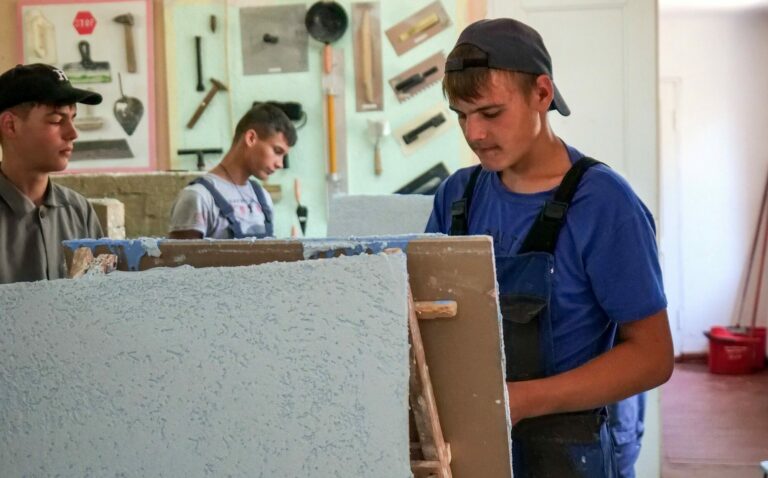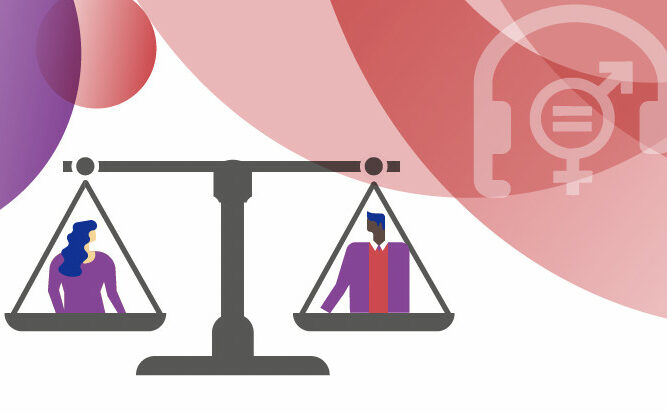
National study of analysis of cases of femicide
The femicide phenomenon has come to the attention of specialists in recent decades. This is a social phenomenon, as the rate of women killed by their intimate partners or in a family setting is higher than the rate of men killed in a non-intimate or family context. There are different approaches in the analysis of this phenomenon. The basic tenet of the sociological approach to femicide is that women and men are killed in different social circumstances and by different perpetrators. The feminist approach draws attention to patriarchal dominance in investigating the killing of women, and the human rights approach extends femicide beyond lethal to extreme forms of violence against women.
The purpose of the study is to know the particularities of femicide in the Republic of Moldova, for the years 2016-2019, in order to improve the institutional response mechanisms to cases of violence, based on gender and family violence.
In the study, the information from the administrative statistical data, collected from different institutions, was supplemented with that from the analysis of closed files and with primary data collected, through in-depth individual interviews with specialists from the justice system, criminal investigation, police, social assistance , education, but also from the close relatives of the victims of femicide. The research methods allowed the triangulation of data, the knowledge and understanding of risk factors, including opinions regarding the prevention and reduction of victims’ deaths as a result of family violence.
Women’s Law Center in partnership with the National Penitentiary Administration, 2021
Download
MOST READ
RELATED

EU4Culture: Practical online course on successful grant proposal writing

EU4Youth Newsletter: Welcome to the EU4Youth Stakeholder Hub!

EU4Youth develops Youth Wiki reports on Youth Employment and Employability

EU4Gender Equality Reform Helpdesk’s support (2021-2024) for Moldova

SME Policy Index: Eastern Partner Countries 2024 – Building Resilience in Challenging Times
More campaign pages:
Interested in the latest news and opportunities?
This website is managed by the EU-funded Regional Communication Programme for the Eastern Neighbourhood ('EU NEIGHBOURS east’), which complements and supports the communication of the Delegations of the European Union in the Eastern partner countries, and works under the guidance of the European Commission’s Directorate-General for Neighbourhood Policy and Enlargement Negotiations, and the European External Action Service. EU NEIGHBOURS east is implemented by a GOPA PACE-led consortium. It is part of the larger Neighbourhood Communication Programme (2020-2024) for the EU's Eastern and Southern Neighbourhood, which also includes 'EU NEIGHBOURS south’ project that runs the EU Neighbours portal.

The information on this site is subject to a Disclaimer and Protection of personal data. © European Union,







